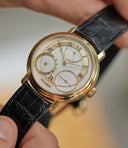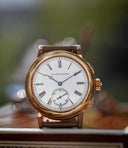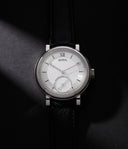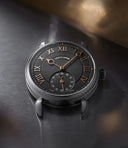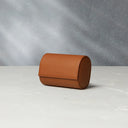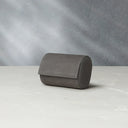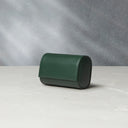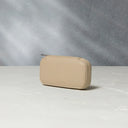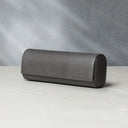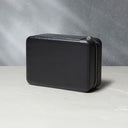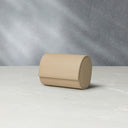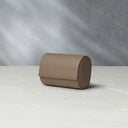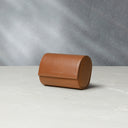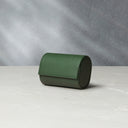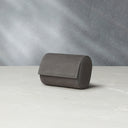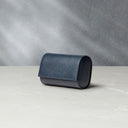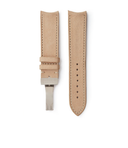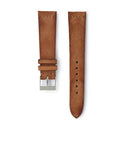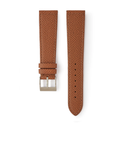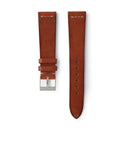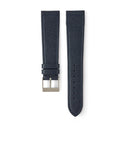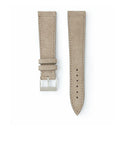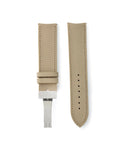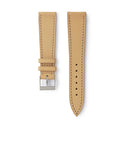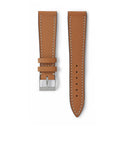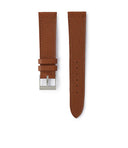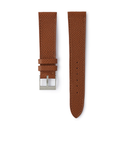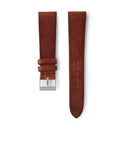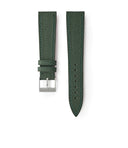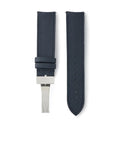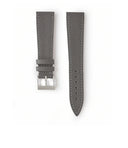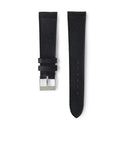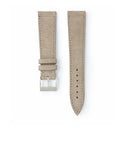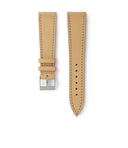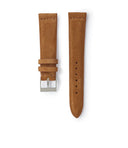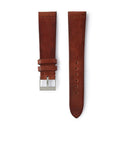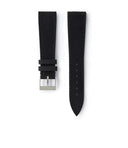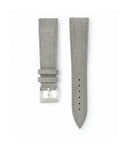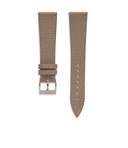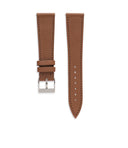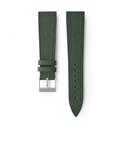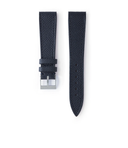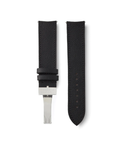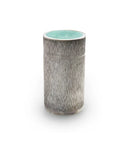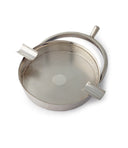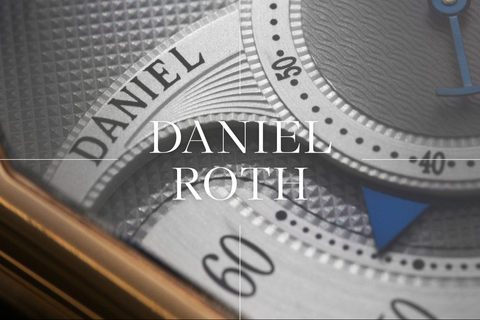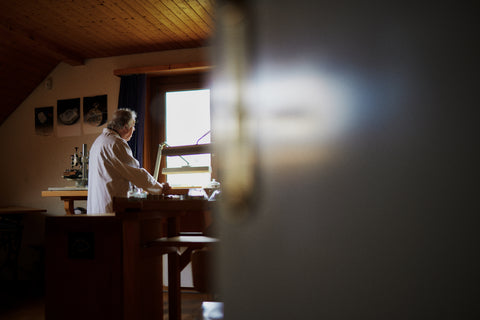Featuring an atypical layout and an ornately skeletonised dial, this Daniel Roth Perpetual Calendar reference 2117 is a remarkable example of independent watchmaking, showing the spirit of innovation present during this period. The movement of this perpetual calendar was based on the Lemania 8810, and was developed in collaboration with Philippe Dufour.
THE STORY OF DANIEL ROTH
Daniel Roth was born into a family with deep horological roots, with his grandfather and great-grandfather both working as watchmakers in Neuchâtel, Switzerland. Following this path, he completed his technical apprenticeship in Nice, France, before fulfilling his ambition of moving to the Swiss Vallée de Joux, one of the world’s watchmaking epicentres. He joined Audemars Piguet at a young age and was, at the time, the only watchmaker who didn’t come from Le Brassus, the brand’s historic home. Following seven years at Audemars Piguet, Roth was noticed by the Chaumet brothers, the then owners of Breguet.




In the midst of the Quartz Crisis, they wanted to restore the brand to its former glory and were looking for a Master Watchmaker who could help. Inspired by the work of the famous watchmaker, Roth agreed to help resuscitate the manufacture, though only after going back to school to further study Breguet’s archives and techniques. Over 14 years, he would help rebuild the watchmaker, cementing the style, finishing and complications in wristwatch form.
In 1989, Daniel Roth decided to establish his own manufacture. One of the first truly independent watchmakers working under his own name, he created Breguet-inspired pieces, with a twist. He cemented aesthetic codes which are distinctively his own, from the double-ellipse case to the sharply executed pinstripe guilloché dials used on some of his models. Though his output was limited, it was plentiful in its diversity and inventiveness, from tourbillons to chronographs. Daniel Roth was one of the key brand names of independent watchmaking in the 1990s, alongside Franck Muller, Roger Dubuis and Francois-Paul Journe, among others. In 2000, the company was sold to Bulgari, with the watchmaker no longer being involved from that point onwards.




























































































